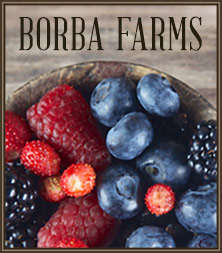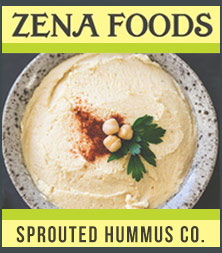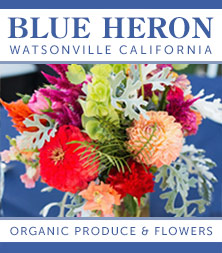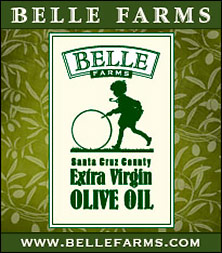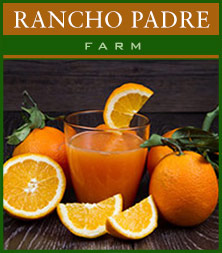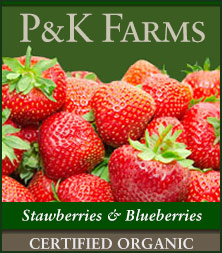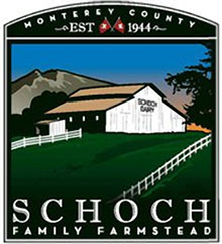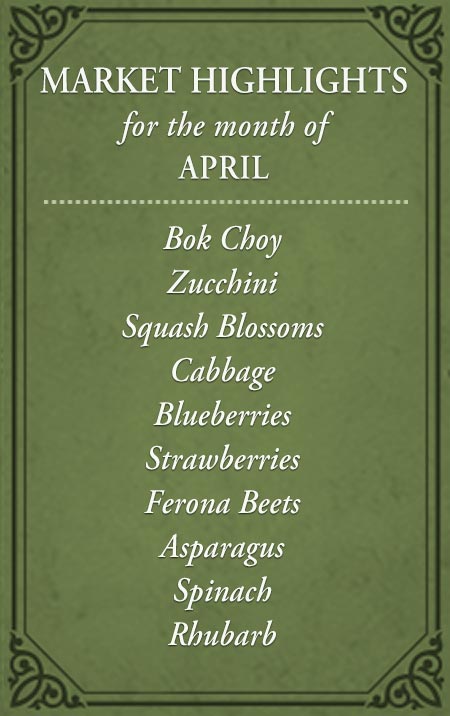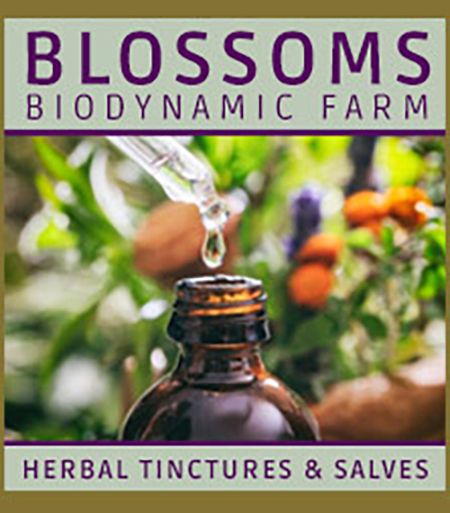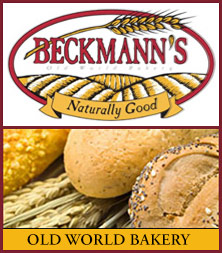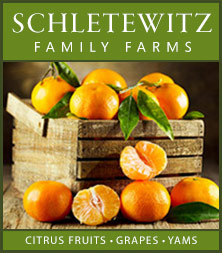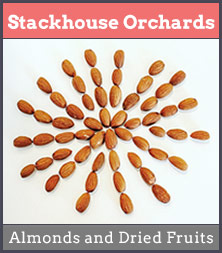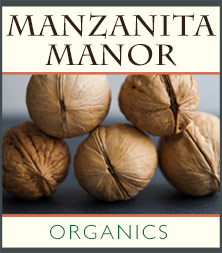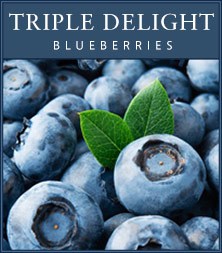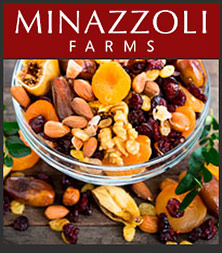This is a cross between a roast and a braise. I like this method for pastured pork as it yields a nice moist dish. The recipe seems lengthy, but once you have done this dish it will be a snap.
INGREDIENTS:
1 1/2 – 1 3/4 pounds pork loin, trimmed of any sinew
1 brown onion, peeled and halved through the root
2 fennel bulbs, stalks removed and halved through the root
2 carrots, peeled and cut diagonally into ¼ inch slices (enough to equal at least 1 cup)
2 cloves garlic, peeled, de-germed, and minced
1 teaspoon fennel seeds, powdered in a mortar or spice mill
2 teaspoons fresh thyme leaves, minced
Salt and pepper to taste
1/2 cup white wine
1 cup stock, homemade vegetable or chicken preferred, or use water
Olive oil as needed
1-2 tablespoons butter if needed
METHOD:
Preheat the oven to 400°F.
If the pork has a layer of fat on the top, use a sharp knife, X-acto knife, or razor to score a cross-hatch into the fat with lines 1/4 inch apart. Liberally salt and pepper the pork, then sprinkle with some of the fennel seed powder and half the thyme. While doing this, bend the meat so the seasonings get into the scores in the fat. Let sit out while slicing the vegetables so the pork comes up to room temperature.
Slice off the root part of the onion and slice lengthwise into 1/4-inch slices. (This is called a Lyonnaise cut.)
Cut most of the core from the fennel halves, leaving just enough to prevent the bulb from falling apart. Cut each half into wedges around 1/2 inch at the widest. This will probably be 6 to 8 pieces per half.
Over medium-high, heat a straight-sided oven-proof pan that is large enough to hold the pork and vegetables. If it has a lid, so much the better. Once the pan is warm, lightly film it with oil.
When the oil is hot, carefully add the meat fat side down and begin browning. If the pork renders a lot of fat, pour off and reserve. When well browned, turn to brown all over, including the ends. Do not burn, and if the bits in the bottom (this is called the “fond” in French) of the pan look like they are burning, turn down the heat. Once the pork is well browned all over, remove it to a plate.
Lower the heat to medium. Pour off most of the fat remaining in the pan and add the onions. Stir to coat with oil and cook until softened but not coloring. Once soft, add the carrots and fennel wedges, and some oil and/or rendered pork fat if needed. Cook to color the vegetables a little.
Make a well in the center of the vegetables, and add the garlic. Cook until fragrant and softening. Stir the vegetables around to cover the floor of the pan, then sprinkle with the fennel powder and thyme. Add a pinch of salt and pepper and stir everything to combine the seasonings. Turn the heat to high.
Add the wine. Deglaze the pan, scraping up any of the fond on the pan bottom. Bring to a boil and reduce by 80%.
Move the vegetables to the sides of the pan and carefully lower the pork roast, fat side up, into the pan. Add the stock down the side of the pan and bring to a boil.
Once the stock boils, remove it from the heat and cover it. Use the lid for the pan or use a piece of foil. Leave the lid a little ajar or do not fully seal the foil. You want some steam to escape.
Transfer to the middle shelf of the oven and cook for 30 minutes. Remove the top from the pan and return the pan to the oven and cook for 15 minutes more. At this point, check the meat with a quick read thermometer by inserting it into the center of the roast. If the temperature is over 140°F it is done.* If it is not quite done, cook a little longer until it is.
Remove the meat from the pan and set it on a plate tilted a little so the juices run away from the meat. Cover loosely with foil or place in a warm spot. Allow the meat to rest for at least 10 minutes.
Use a slotted spoon to remove the vegetables to a serving platter. Let the pan cool off the heat. Tilt the pan a little so any fat in the pan accumulates in the low spot. Use a spoon or basting bulb to remove the excess fat. Place the pan with the de-fatted liquid in it over a burner on high. Bring the liquid to a boil and reduce until a sauce-like consistency is reached. At this point, add in any juice from the roast that has accumulated on the plate it is resting on. Cook down the liquid until it will coat a spoon. If necessary, and a thick sauce is required, remove the pan from the heat and add in some of the butter a little at a time, swirling the pan to incorporate the butter smoothly. Once the sauce is made, set aside off heat.
Slice the meat and put it on the platter with the vegetables. Pour the sauce over the meat and serve.
YIELD: Serves 4







